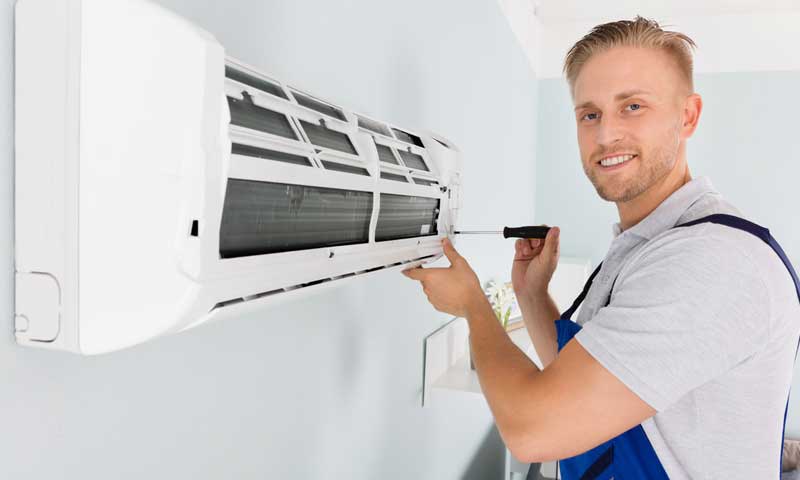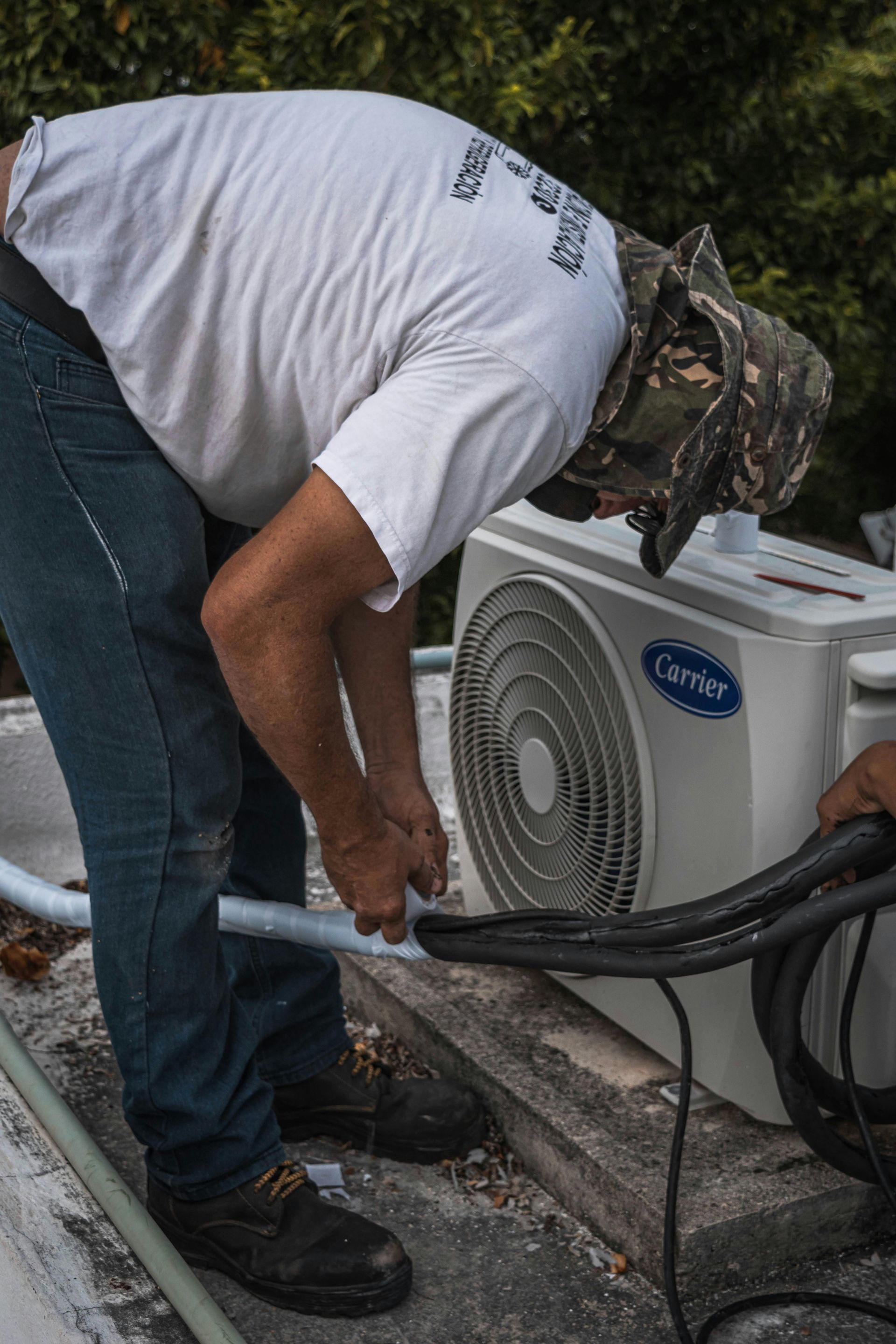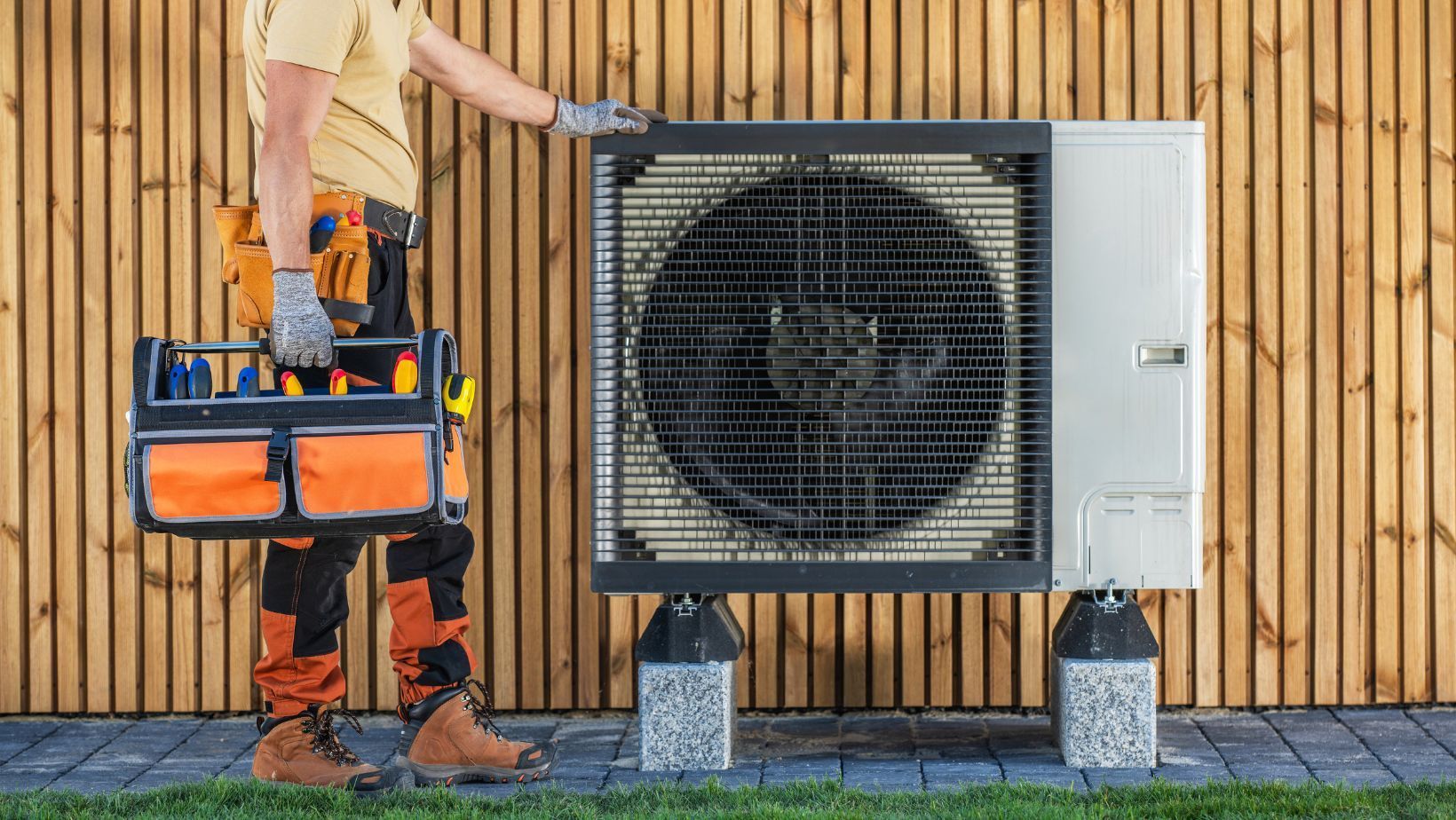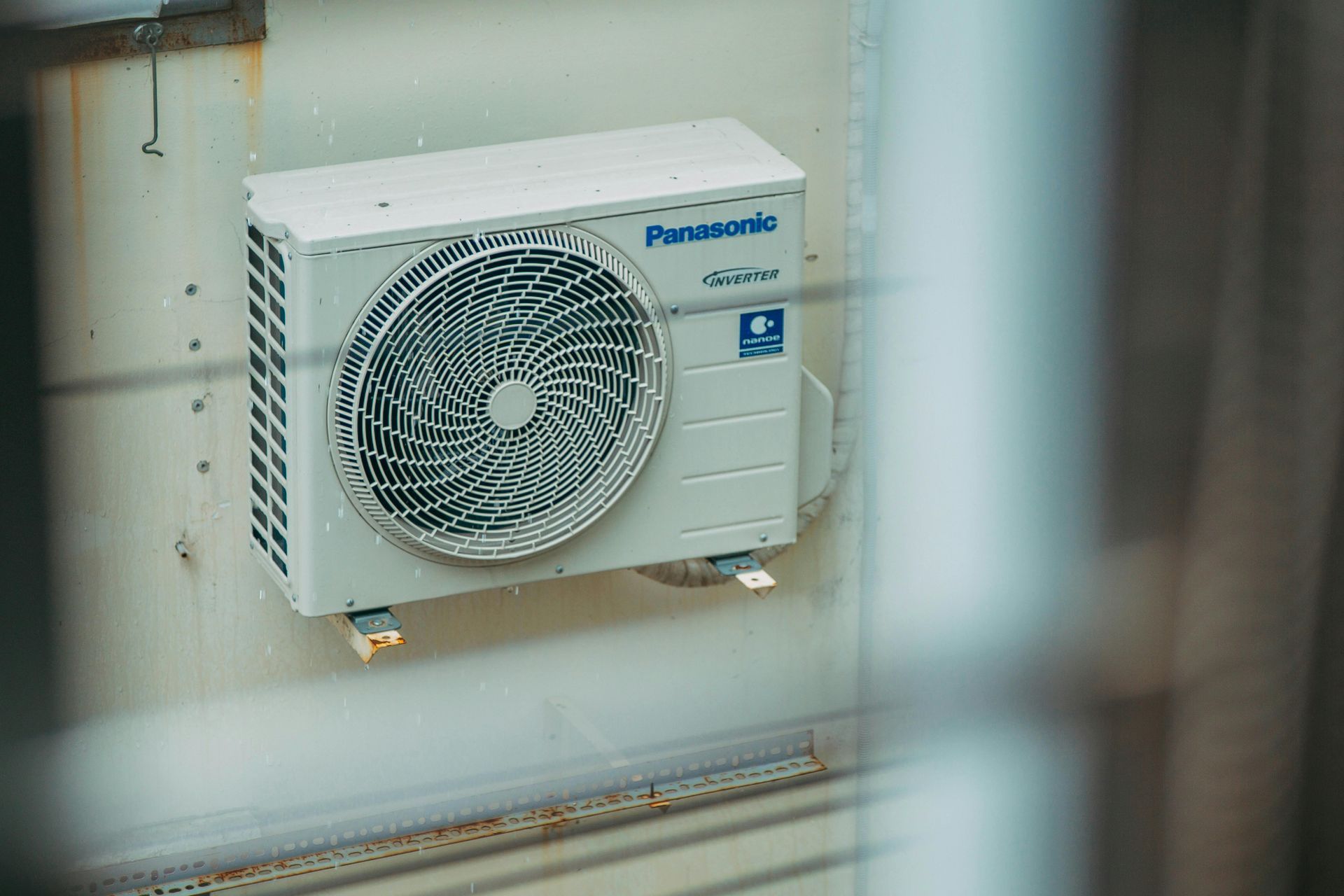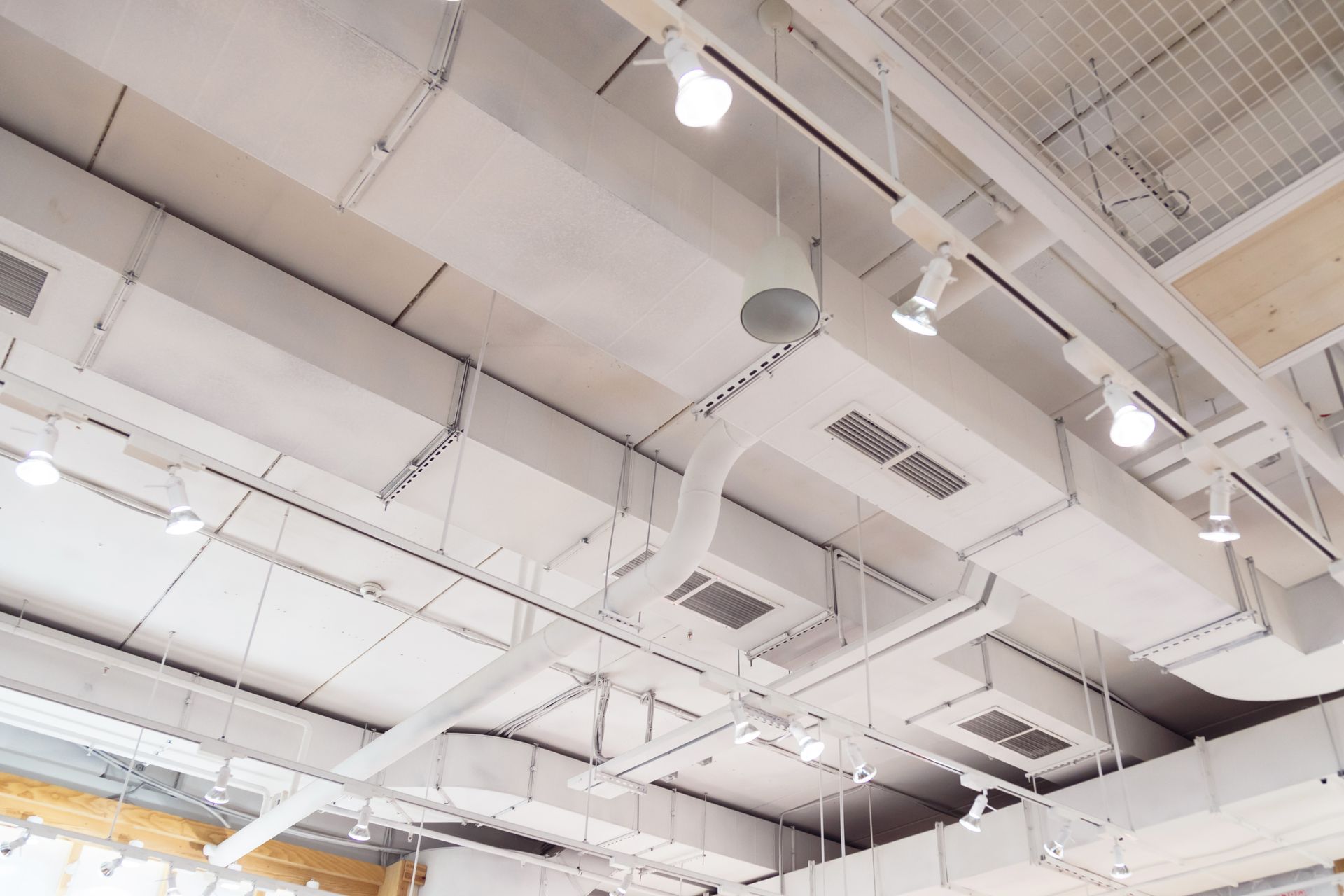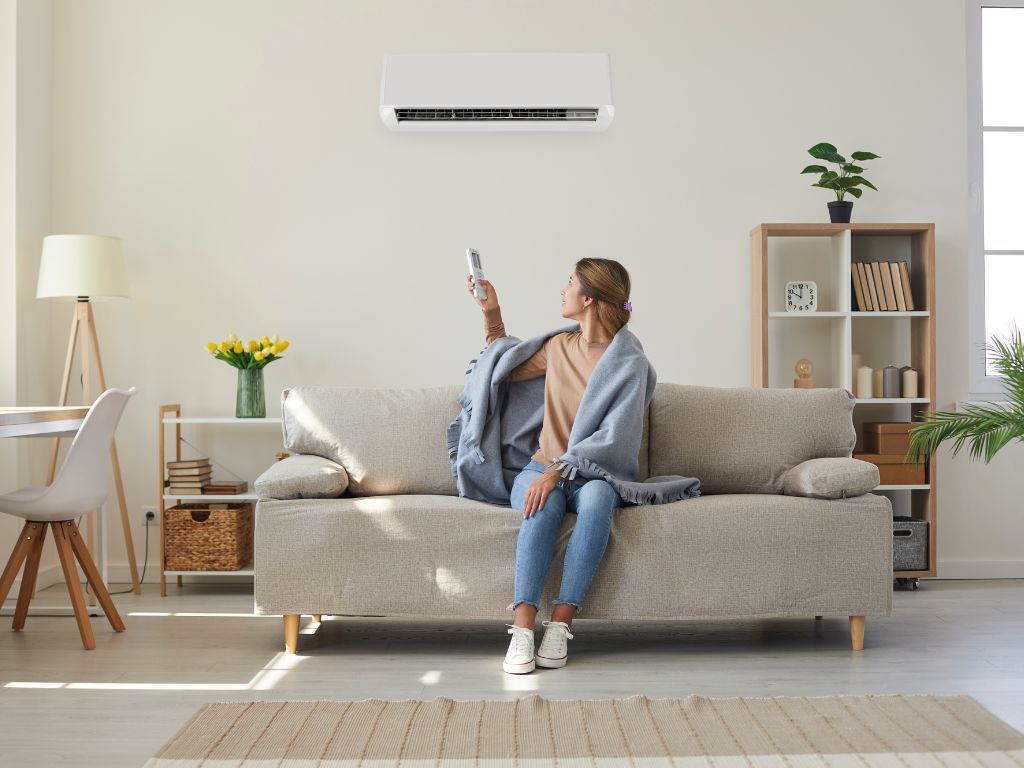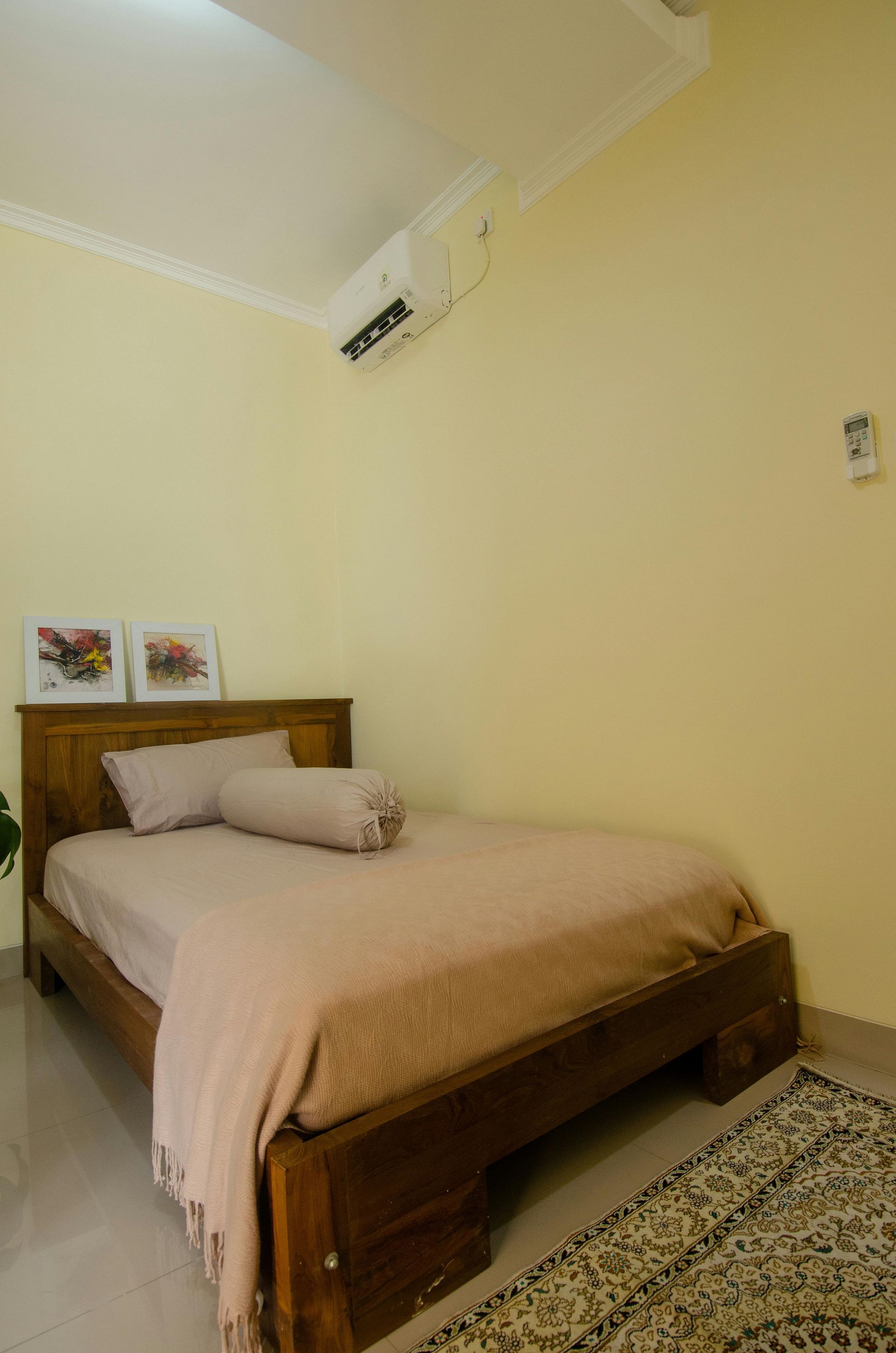Signs Your HVAC Ventilation System Needs an Upgrade in London, Ontario

In London, Ontario, maintaining a comfortable and healthy indoor environment is essential, especially given the region's diverse climate. Your HVAC (Heating, Ventilation, and Air Conditioning) system plays a pivotal role in ensuring optimal indoor air quality and temperature control.
Over time, however, these systems can become less efficient, leading to increased energy bills, uneven heating or cooling, and compromised air quality. Recognizing the signs that your HVAC ventilation system requires an upgrade can save you from discomfort and unexpected expenses.
Key Takeaways
- Increased Energy Bills: A sudden spike in energy costs may indicate your HVAC system is working harder than necessary.Uneven Temperature Distribution: Inconsistent temperatures across rooms suggest airflow issues.
- Frequent Repairs: Regular breakdowns can be a sign that your system is nearing the end of its lifespan.
- Poor Air Quality: Excessive dust or humidity levels can result from an inefficient ventilation system.
- Strange Noises or Odors: Unusual sounds or smells may point to mechanical problems or mold growth.
Overview
An HVAC ventilation system is responsible for circulating air throughout your home, removing contaminants, and maintaining desired temperature levels. As systems age or experience wear and tear, their performance can decline. Upgrading your system not only enhances comfort but also improves energy efficiency and indoor air quality.
Signs Your HVAC Ventilation System Needs an Upgrade
1. Rising Energy Costs
If you've noticed a consistent increase in your energy bills without a corresponding change in usage, your HVAC system might be the culprit. Older systems often lose efficiency, causing them to consume more energy to maintain desired temperatures. Upgrading to a modern, energy-efficient model can lead to significant savings over time.
2. Uneven Heating or Cooling
Are some rooms in your home warmer or cooler than others? Inconsistent temperatures often stem from aging HVAC units, poor duct design, or a system that’s not properly sized for your space. These issues can lead to discomfort, wasted energy, and inefficient climate control. Upgrading to a modern HVAC ventilation system helps eliminate hot and cold spots by delivering balanced airflow and temperature regulation throughout your home. With improved zoning capabilities and smarter technology, newer systems allow you to maintain comfort in every room—no matter the season or layout of your house.
3. Frequent Repairs
Regularly calling technicians for repairs can be both inconvenient and costly. If your system requires frequent fixes, it might be more economical in the long run to invest in a new, reliable HVAC system.
4. Poor Indoor Air Quality
An efficient HVAC system should filter out pollutants, allergens, and excess humidity. If you're noticing increased dust, mold growth, or heightened allergy symptoms, your ventilation system may not be performing adequately. Modern systems come equipped with advanced filtration technologies to improve air quality.
5. Unusual Noises or Odors
Strange sounds like banging, grinding, or squealing can indicate mechanical issues within your HVAC system. Similarly, musty or burning odors might suggest mold growth or electrical problems. These signs shouldn't be ignored, as they can lead to more significant issues if left unaddressed.
6. System Age
Most HVAC systems have a lifespan of 15 to 20 years. If your system is approaching or has surpassed this age range, it's likely operating less efficiently. Upgrading ensures better performance, energy savings, and peace of mind.
7. Excessive Dust Accumulation
Noticing more dust settling on surfaces shortly after cleaning? This could be a sign that your HVAC system isn't filtering air effectively. Poor filtration can worsen allergies, reduce indoor air quality, and strain system performance. Upgrading your system can help reduce dust levels, leading to a cleaner, healthier, and more breathable living environment.
8. Short Cycling
Short cycling refers to your HVAC system turning on and off more frequently than usual. This behavior can strain the system, leading to increased wear and tear. Causes can range from thermostat issues to oversized equipment. A professional assessment can determine if an upgrade is necessary.
9. Humidity Problems
Balanced humidity is essential for both comfort and well-being. If your home feels uncomfortably dry during London’s cold winters or too sticky in the summer, it may be a sign that your HVAC ventilation system isn’t properly managing moisture levels. Excessive dryness can lead to irritated skin and respiratory issues, while too much humidity promotes mold growth and damages furnishings. Older systems often lack the precision to maintain ideal humidity ranges year-round. In contrast, newer HVAC units are equipped with advanced humidity regulation features, helping you maintain healthier indoor air quality and reducing the strain on heating and cooling performance. Upgrading your system can provide better seasonal control and a more consistent living environment.
10. Outdated Technology
Older HVAC systems often fall short when it comes to performance and efficiency. They typically lack modern features like smart thermostats, zoned temperature control, and energy-saving components. Upgrading to a newer system gives you access to these enhancements, resulting in greater comfort, lower utility bills, and more precise climate management throughout your home. Plus, many newer systems integrate seamlessly with mobile apps and smart home platforms, making it easier to monitor and adjust your indoor environment in real time. Investing in a modern HVAC ventilation system is a step toward a more responsive, efficient, and future-ready home.
If you're experiencing any of the signs mentioned above, it's time to consider evaluating your HVAC ventilation system. Upgrading can lead to improved comfort, better air quality, and energy savings. Don't wait for a complete system failure. Consult with professionals to assess your current system's performance and explore upgrade options.
If you're noticing signs that your HVAC ventilation system might be underperforming, it's time to speak with trusted professionals. Carver Sheet Metal provides expert ventilation assessments, repairs, and system upgrades in London, Ontario. You can visit them at 1245 Sunningdale Road E, London, ON, or call (519) 555-3821 for personalized service and solutions tailored to your home’s needs.
FAQs
Q: How often should I replace my HVAC filters?
A: It's recommended to check filters monthly and replace them every 1-3 months, depending on usage and filter type.
Q: Can I upgrade just the ventilation component of my HVAC system?
A: Yes, in some cases, enhancing or replacing the ventilation component can improve air quality without a full system replacement.
Q: Are there energy-efficient HVAC systems available?
A: Absolutely. Modern HVAC systems are designed with energy efficiency in mind, leading to reduced utility bills and environmental impact.
Q: How do I know if my HVAC system is properly sized for my home?
A: A professional HVAC technician can perform a load calculation to determine the appropriate system size for your home's needs.
Q: What are the benefits of upgrading my HVAC system?
A: Benefits include improved comfort, better air quality, energy savings, and access to modern features like smart thermostats.
Conclusion
Your HVAC ventilation system is integral to maintaining a comfortable and healthy home environment. Recognizing the signs of an aging or inefficient system can prevent discomfort and unexpected costs. By staying proactive and considering an upgrade when necessary, you ensure optimal performance, energy efficiency, and indoor air quality for years to come.
